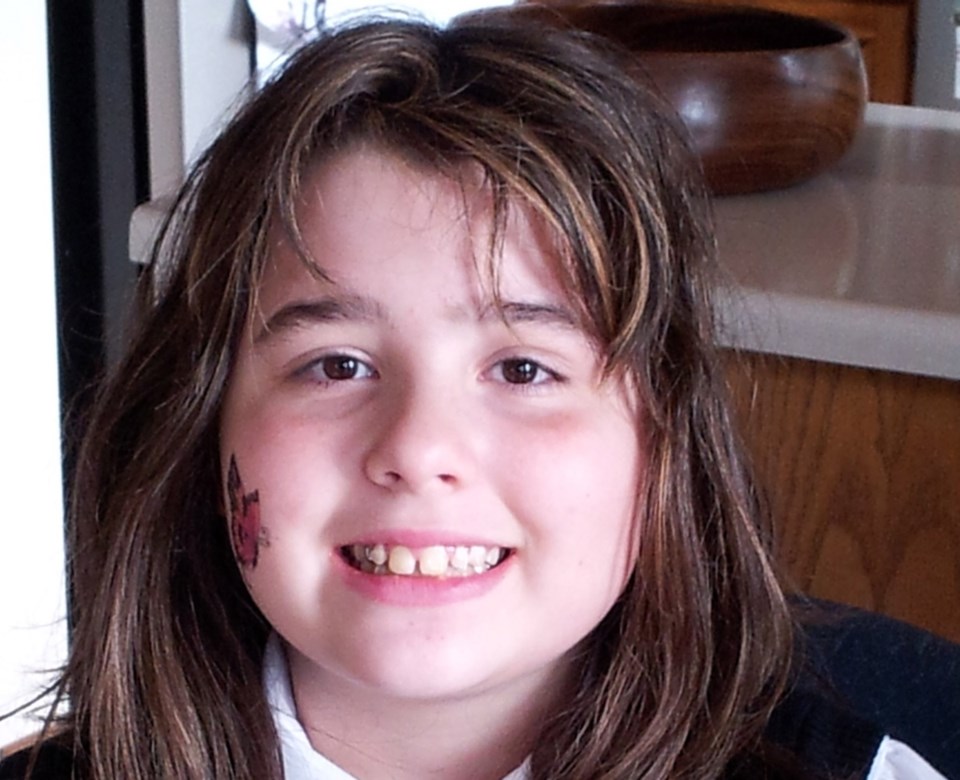Savannah Wicks, who is autistic and suffers seizures, was lying on her Grade 2 classroom floor when her teacher led her classmates in a vote to kick her out.
“Then [the teacher] said, ‘See what your classmates think of you?’ And she grabbed Savannah by the arm and dragged her into the resource room to wait there until her education assistant was available,” her mother, Adrianne Wicks, said.
Debra Mackie, Greater Victoria School District 61 principal for special needs, confirmed a voting incident did occur and that there was a human rights complaint settlement.
Savannah is one of dozens of children with special needs in the province whose parents and guardians told the advocacy group Inclusion B.C. that their children were restrained or secluded at school for disruptive behaviour.
Premier Christy Clark said Thursday that the province will investigate immediately.
“I’m really concerned about the reports,” Clark said. “We’re going to sit down with school districts, with teachers and with parents to talk about what’s going on out there and what we can do better.”
Education Minister Peter Fassbender encouraged parents with concerns to approach their principals. But he said that from the province’s point of view, the issue is a school district’s responsibility.
Among 200 survey participants, 65 told Inclusion B.C. that their children had been restrained and 100 said their children had been secluded for up to three hours in school.
Some students were kept in closets and padded rooms, the survey was told. One said an eight-year-old was restrained by three adults; another was yelled at while forcibly held in a chair; and an elementary school student was placed alone in a room with the lights out and door closed.
Nearly half of those restrained reported physical injury or obvious signs of pain. After the experience, parents and guardians reported that their children engaged in self-harm, such as head banging or hitting themselves, and experienced humiliation, anger and ostracization by peers.
“We wanted to dip our toe into the issue with the survey, but I was personally quite shocked when I was reading the results of what people reported to us,” said Inclusion B.C. executive director Faith Bodnar.
Twenty per cent reported seclusion on a daily basis.
“We’re not talking about emergency issues where you have to step in to separate children and take them to a safe place. This is about ongoing practice,” Bodnar said.
Mackie said policies regulate the use of physical restraint in her school district. “It is possible for us to use physical restraint with a student, but only as a very last resort and only if we believe the student is in danger or potentially hurting someone else.”
She said educational assistants and teaching assistants are trained in the use of safe techniques, such as guiding by the elbow.
Schools also develop individual plans, depending on a child’s needs, which may include time in a quiet space. Several schools in the district have a “sensory room” or “quiet room,” but she could not say how many.
But a child should never be left alone, she said.
Jim Cambridge, superintendent of the Sooke school district, said there are no schools with isolation rooms in his district. The Saanich school board did not respond to a request for comment.
Almost three-quarters of those responding to the survey said they learned about restraint or isolation from someone other than the school — including one parent who found an anonymous note on their car.
The survey found that 49 children were removed from school by their parents as a result of these practices. Savannah was among them.
Her mother said that at Savannah’s new school, where she is in Grade 6, staff differentiate between poor behaviour and autism. “All Savannah’s behaviours were consistent with a diagnosis of autism and she had no violent tendencies at all,” Wicks said. “It gave her a whole new life.”



